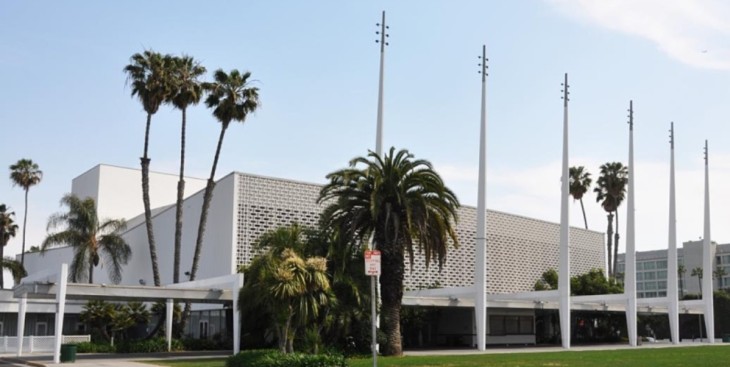The battle lines over what may become this year’s most contentious, intractable legislative battle began to form within a day or two of when Gov. Jerry Brown uttered two key sentences in his mid-January state of the state speech:
“We also need to rethink and streamline our regulatory procedures, particularly the California Environmental Quality Act,” he said. “Our approach needs to be based more on consistent standards that provide greater certainty and cut needless delays.”
A huge portion of the Internet chatter that followed Brown’s talk centered around those 34 words, which made up about one percent of his talk.
The two sentences embellished only slightly on Brown’s oft-quoted previous sentiment: “I’ve never seen a CEQA exemption I didn’t like.” That feeling stems from his eight years as mayor of Oakland, where, among other projects, his efforts to start a military academy for inner-city youth suffered CEQA-related delays.
Brown’s speech spurred enthusiasm from major business groups who have never cared for the sometimes voluminous environmental impact reports (EIRs) required by the early 1970s law (originally signed by then-Gov. Ronald Reagan) for almost all significant projects.
“Modernizing CEQA is essential if we’re to successfully grow our economy,” said Gary Toebben, president of the Los Angeles Chamber of Commerce. “…CEQA can be modernized in a way that contributes to, not stands in the way of, the economic and environmental vitality of California.”
Chimed in Carl Guardino, head of the Silicon Valley Leadership Group, “CEQA is a great law that has unfortunately been misused, discouraging investments in our communities that not only foster economic growth and job creation, but help us meet our environmental and greenhouse gas reduction goals.”
When business leaders say CEQA discourages investment and has been misused, they mean there have been times when opponents of projects, often in the NIMBY (not in my back yard) mode, challenged the adequacy of EIRs and delayed things for weeks, months or years, costing developers large sums.
Businesses sometimes also use CEQA to hold up their competitors’ projects and labor unions have been said to threaten developers with CEQA lawsuits (sometimes labeled extortion) and delays if they use non-union labor.
But CEQA also has created open space and parks, as developers can use these kinds of amenities to mitigate some ill effects of their projects. It has helped cities and neighborhoods limit building heights and forced builders to provide adequate parking, organize carpools and expand streets and public transit.
CEQA also has not prevented major projects like AT&T Park in San Francisco, the San Francisco 49ers new stadium under construction in Santa Clara, Staples Center and the LA Live complex in Los Angeles, Petco Park and a host of major hotels in San Diego. And much more.
Just because Brown wants change does not mean it will take the precise shape he eventually recommends to the Legislature, which he has not yet discussed in any detail.
Whatever he seeks will likely meet resistance from environmentalists there. State Senate President Darrell Steinberg and fellow Democratic Sens. Noreen Evans of Santa Rosa and Michael Rubio of Bakersfield, for example, told a meeting of the state Planning and Conservation League that they will approach any change with a “first do no harm” test.
Like Steinberg, Democratic state Assembly Speaker John Perez has said he’s open to discussing CEQA changes that might make the law less of a tool for manipulative special interests than it sometimes has been. Perez says he wants full public discussion of proposed changes before allowing any votes.
Steinberg, who last year blocked a last-minute, end-of-session attempt to make major changes easing CEQA without any public hearings or input, has said he feels similarly.
It’s not certain yet just where the CEQA reform effort will lead, although the law has already been altered in the past few years to promote projects near public transit and speed up judicial reviews of projects.
But momentum toward changing CEQA to streamline its processes and avoid duplication with other state and federal permitting requirements has probably reached the point of being unstoppable. The remaining question is how extreme the change will be.


























